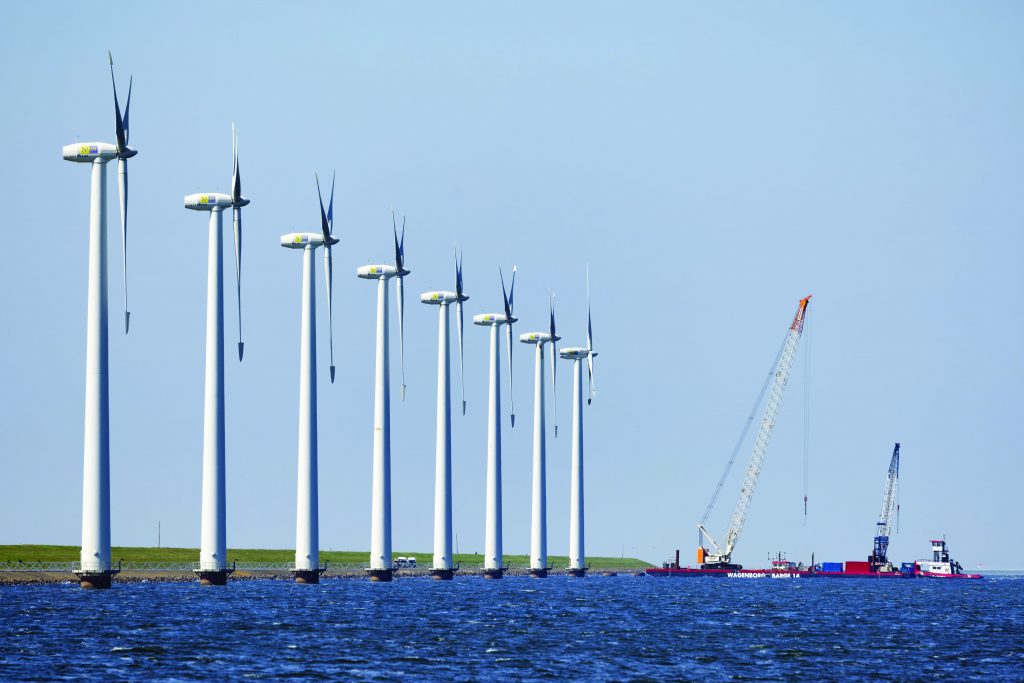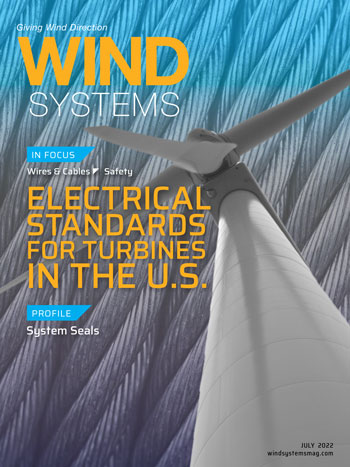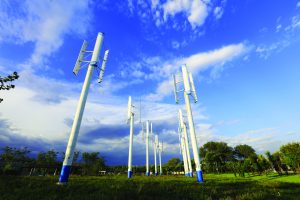It was about 4:45 a.m. in the summer of 1979. The sun was about to rise over the Atlantic Ocean. As a 17-year-old in my third year as a stern man working on a lobster boat, I thought I was indelible — burning the candle on both ends as my grandmother would remark. We loaded two 55-gallon drums of bait onboard using a cleated line and davit on the dock to lower each of the 400-pound drums to the deck of the boat. It was low tide, so the hoist down was about 12 feet farther than the typical 10 feet. The weight of the first drum caught me by surprise and descended just shy of a free fall — an unsafe and unexpected rate crashing hard onto the deck. The captain sidestepped the incoming drum of bait in time to avoid being crushed. He berated me and finished with the question, “Didn’t eat your Wheaties this morning?” Luckily, I avoided damage to the boat and, more importantly, avoided injury to my captain.
Unknown to the captain, I only had two hours sleep and was still — maybe — a “little” hung over. We headed out to open water and began hauling lobster pot strings. A string is a series of lobster pots connected by about 20 meters of line between each pot with another 30 to 40 meters of line to a buoy on either end of the string. When setting back, the lobster pots are pushed over the rail in sequence while the boat is moving at about 10 knots. Line is always paying out beside the stern man’s feet — the potential for line looping the stern man’s leg and hauling him overboard is a real danger all day, every day. Before we had hauled our sixth string, I had been looped twice; the second time dumped me on my backside on deck. The captain shut the boat down and told me to get my (act) together, or we go in and come back out when I could do my job. I got my (act) together and am still alive to prove it. The point is that I was not sound in mind and body for the day’s work. This is one aspect of safety that is not often thought about.

Addressing Safety Issues
Wind professionals deal with many systems and processes at all phases of the industry: manufacturing, transportation, construction, commissioning, regular O&M, re-powering, de-commissioning, etc., and are exposed to a varied set of operational dangers in each phase. Identifying, understanding, and addressing these exposures in a preventative way is paramount in industry today.
In casual and pointed discussion with industry contacts, it is evident that technician acquisition and retention is one of the major issues facing this industry. It is more and more difficult to find hirable candidates with a good work ethic, with good basic skills, open to learning and being trained, and those who will follow processes and safety protocols. If we find them, it is even harder to retain them.
How do we make this situation better? In past years I was heavily involved with the Career Technology System in Oklahoma. Some might know this as Vo-Tech, yet Career Tech is a more suitable name. It behooves us to reach further into the public, private, and trade schools, communicate to the administrations of these schools what it is that we are not getting in post-secondary candidates. All of industry needs to require more from our education systems.
Setting Up Safety Training
A more direct approach is to ask for and help set up needed training/safety curriculum in the career tech systems near you. This might have to include reviews of math, English, science, measurement, or other basics. It is a difficult reality; however, more and more companies are going to have to do more to generate the incoming candidates they seek. In addition, the workplace is increasingly a more competitive arena; employers need to find ways to add value to their job positions. One way is to increase safety in the workplace, including safer systems, better tools and equipment, and offer more thorough training and re-training on a wide range of topics, i.e. safety at height, first aid and rescue, high-voltage safety, in general best practices, safe driving, firefighting, and so much more.
Over the years, I have been involved in the training of hundreds of energy technicians mostly regarding controlled bolting, hydraulics, and height safety including emergency descent. Other than a few “attendees,” most students were attentive, were “participants,” and asked questions and demonstrated an effort to learn and understand. My hope is always that all walk away knowing something more about safety, equipment knowledge, technology, and best practices than they did prior to the classes, thus improving the safety aspect of the workplace. One point I have often stressed is most often technicians work as a team. An individual’s actions and decisions not only affect his or herself but, more importantly, others.

Safety Tools
Safety is the responsibility of both the employee and the employer. It is an unrealizable reach for employers to expect employees to just be safe without having the tools to be so. Those tools include formal training, set procedures, set expectations, and the provision of necessary tools and equipment for the employee to meet and set expectations and other job requirements. This covers employers’ liability and enhances the capability and performance of their employee base. There is a cost to this.
Of significant note is the growth and acceptance of GWO (Global Wind Organisation) training standards. More heavily adopted in Europe, GWO standards are rapidly gaining traction in North America. GWO members include many of the most recognized and well-known owners and manufacturers worldwide, i.e. Enel, Siemens Gamesa, E.ON, GE, Vestas, and many others. Global members with footprints in the U.S./North America may drive a rapid expansion of acceptance and requirement of the GWO training standards. Some of the training standards include advanced rescue training and refresher, basic safety training and refresher, basic technical training, control of hazardous energies and refresher, enhanced first-aid training and refresher, and more.
GWO Records
These standards are developed and agreed upon by GWO members, then courses and training providers are certified. Over time, standards are revised as members dictate to keep up with current needs and changes in industry. Wind-industry professionals’ training records are kept in the GWO WINDA records database. This database helps employers verify the certification status of GWO certified training providers and the status of participants who have attended GWO training courses (see globalwindsafety.org). These standards are thorough and set necessary benchmarks for safety and best practices that affect quality and efficiency, ultimately leading to enhanced profitability.
With regard to safety, it is easy to address tangible exposure, i.e. high voltage, fire, falls, crushes, high-pressure injection, and countless others. Referring to my “not ready for duty” story in my opening, it is both management’s and employees’ responsibility to evaluate fitness of mind and/or body. We all know that most days we feel as usual. On other days, we may realize that we are “off.” Reasons are varied and may range from relationship problems, family illness, hangovers, or unreported injury from off hour activity or accident — mental or physical. Basically anything that life can throw at us humans — employees. Life happens. There is a level of being “off” that does not diminish our ability to do our job.

Yet, the concern arises when that level of “off” might affect safety and regular operations. Individually we need to evaluate our capability to do our job safely and effectively and how that capability — or diminished capability — will affect others and potentially the assets of our employers. It is the employee’s responsibility to communicate personal concerns to management. It is also the workers’ responsibility to evaluate other co-workers for their own personal safety as well as others. No one wants to be a snitch or a rat; however, this is real life, and the risks, dangers, and job exposures are tangible and warrant action.
Additionally, a good manager will intervene where he or she sees a possible problem by addressing and evaluating to make sure safety and operations aren’t potentially at risk. If an employee is not up to the tasks, he or she might ask for shop work, paperwork, or even a day off. From a manager’s side, the employee might be assigned a different set of tasks until they are capable of full duty. Of course, if a pattern arose with an employee where they are not prepared or capable of doing the job, that can trigger a different set of actions. Training that addresses safety should incorporate this intangible aspect of safety. The ultimate daily goal for both employer and employee is for everyone to return home safely.


































